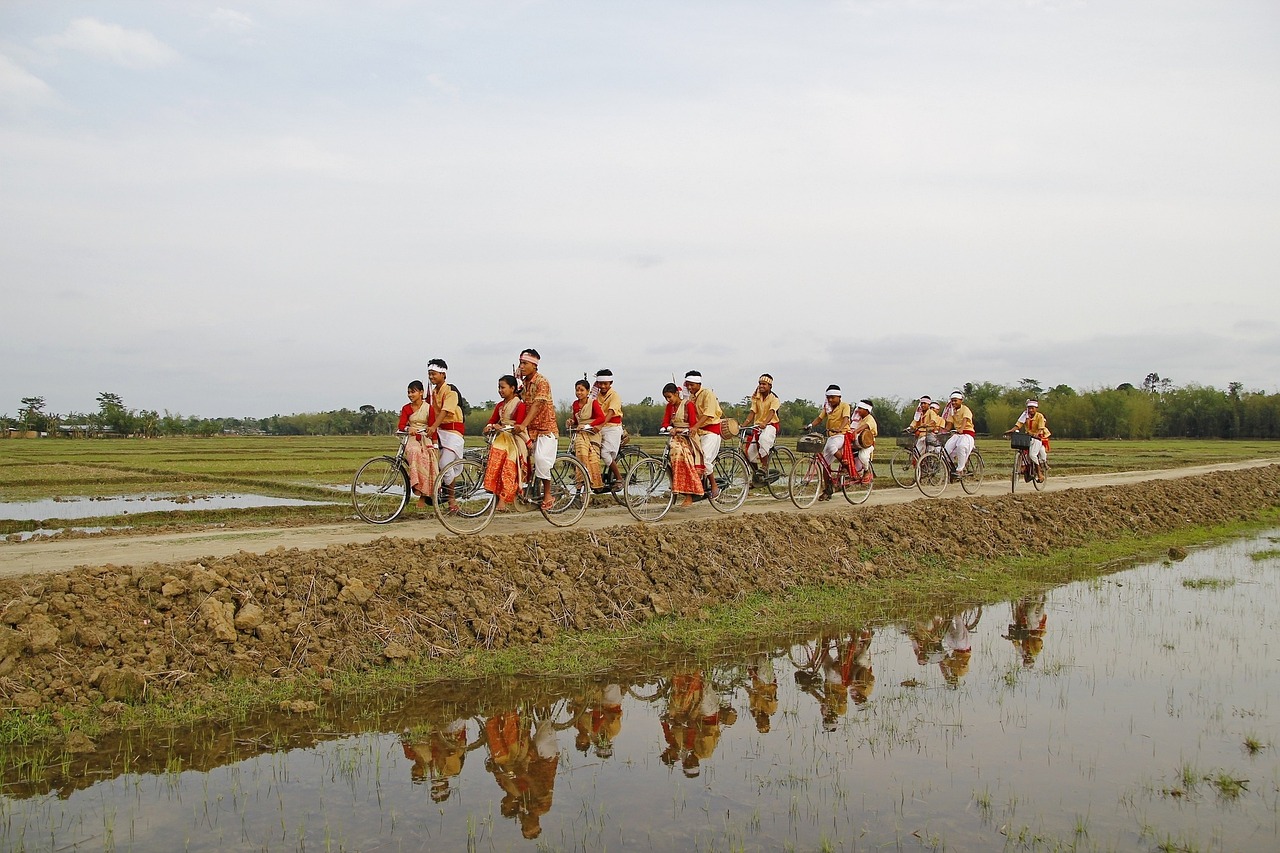Voter Turnout Among Rural Communities: Addressing Geographic Barriers
Voter turnout in rural communities often presents a unique set of challenges compared to urban areas. Factors such as limited access to polling stations, long distances to travel, and lack of public transportation contribute to lower voter participation rates. The physical isolation of rural regions can make it difficult for residents to exercise their right to vote, leading to disparities in political representation.
Additionally, rural voters may face obstacles such as unreliable internet access, which impedes their ability to stay informed about political candidates and issues. This lack of information can result in decreased motivation to participate in elections. Addressing these challenges is crucial to ensuring that rural communities have equal opportunities to engage in the democratic process and have their voices heard on important matters that affect their lives.
Challenges faced by rural voters
Rural voters encounter significant barriers that hinder their ability to participate in the democratic process. One of the primary challenges they face is the lack of easily accessible polling locations. In many rural communities, voters have to travel long distances to reach their designated polling stations, which can be particularly burdensome for those without reliable transportation.
Furthermore, rural voters often struggle with limited access to information about candidates and voting procedures. Sparse internet connectivity and limited resources for local outreach efforts contribute to a lack of voter education in rural areas. These challenges combined make it difficult for rural voters to engage fully in the electoral process and have their voices heard.
Importance of addressing geographic barriers
Addressing geographic barriers in rural areas is essential to ensure equal access to the voting process. The vast distances and lack of public transportation in remote regions can deter potential voters from participating in elections. By improving infrastructure and providing resources such as mobile voting units or mail-in ballots, these barriers can be mitigated, enabling more rural residents to exercise their democratic right.
Moreover, addressing geographic barriers is crucial in ensuring that all voices are represented in the political landscape. When certain populations are effectively disenfranchised due to their geographic location, it can skew election results and undermine the principles of democracy. By proactively addressing these challenges and implementing solutions to improve accessibility, policymakers can help to create a more inclusive and representative electoral system for all citizens, regardless of where they reside.





